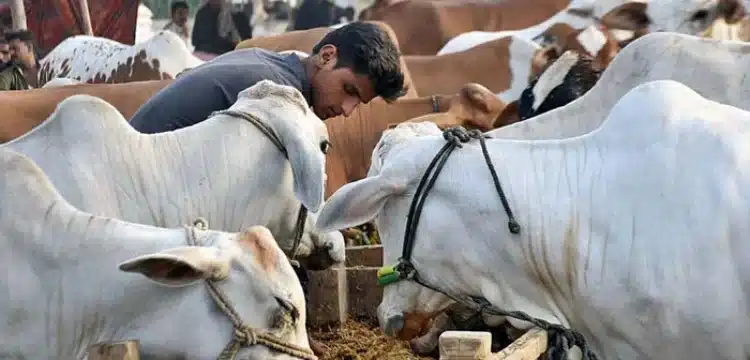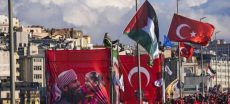Eid ul Azha, known as the Festival of Sacrifice, is celebrated by Muslims worldwide with diverse cultural expressions and unique traditions. While the core rituals of Eid ul Azha—such as the sacrifice of animals and communal prayers—remain consistent, the ways in which the festival is observed vary across different countries and regions. Here, we explore some of the fascinating traditions and practices that highlight the global diversity of Eid ul Azha celebrations.
Middle East
Saudi Arabia In Saudi Arabia, Eid ul Azha is marked by grand festivities, including lavish feasts and elaborate decorations. Families often host large gatherings where traditional dishes such as Mandi (spiced rice with tender meat) and Kabsa (a seasoned rice dish with lamb or chicken) are served. The atmosphere is lively with music, dance, and cultural performances.
Jordan In Jordan, the focus during Eid ul Azha is on charity and community solidarity. Families visit relatives and distribute portions of sacrificial meat to those in need. Traditional sweets like Ma’amoul (date-filled cookies) are shared among neighbors and friends, symbolizing generosity and goodwill.
South Asia
Pakistan In Pakistan, Eid ul Azha is a vibrant affair with bustling livestock markets and colorful bazaars. Families purchase sacrificial animals, usually goats, sheep, or cows, adorned with garlands and decorative accessories. The meat is distributed among family members, neighbors, and the less fortunate, emphasizing the spirit of sharing and charity.
Bangladesh In Bangladesh, Eid ul Azha is known as “Eid ul Adha” or “Korbani Eid.” The festival is observed with prayers at mosques, followed by the sacrifice of animals. Traditional dishes like Biriyani, Korma, and Halwa are prepared and shared with loved ones. Families also visit gravesites to offer prayers for departed relatives.
Africa
Egypt In Egypt, Eid ul Azha is called “Eid al-Adha” and is celebrated with religious fervor. Families gather for prayers at mosques or outdoor prayer grounds, followed by the sacrifice of sheep or cows. The meat is cooked into traditional dishes such as Fatta (a layered dish of bread, rice, and meat) and shared with neighbors and the needy.
Senegal In Senegal, Eid ul Azha is known as “Tabaski” or “Tobaski.” It is a major holiday celebrated with prayers, feasting, and traditional dances. Families dress in their finest attire and exchange gifts, while the sacrificial meat is distributed to relatives, neighbors, and those in need as a gesture of hospitality and solidarity.
Southeast Asia
Indonesia In Indonesia, Eid ul Azha is known as “Idul Adha” or “Hari Raya Haji.” Muslims perform prayers at mosques or designated prayer grounds, followed by the sacrifice of livestock, typically goats or cows. The meat is cooked into dishes like Sate (grilled skewers) and Gule (spiced meat stew) and shared with family and friends.
Europe and North America
United Kingdom In the UK, Muslim communities gather for Eid prayers at mosques or prayer halls, followed by communal celebrations. Families dress in traditional attire, exchange gifts, and enjoy meals together. Community events and charity initiatives are also organized to ensure that the spirit of generosity and compassion is upheld during Eid ul Azha.
Conclusion
Eid ul Azha’s global observance underscores its significance as a unifying cultural and religious festival for Muslims worldwide. While the specific traditions and practices may vary, the essence of Eid ul Azha remains rooted in faith, community, and compassion. Across continents and cultures, Muslims come together to reaffirm their commitment to God, share blessings with others, and celebrate the values of sacrifice and generosity. Eid Mubarak to all, wherever and however you celebrate!











